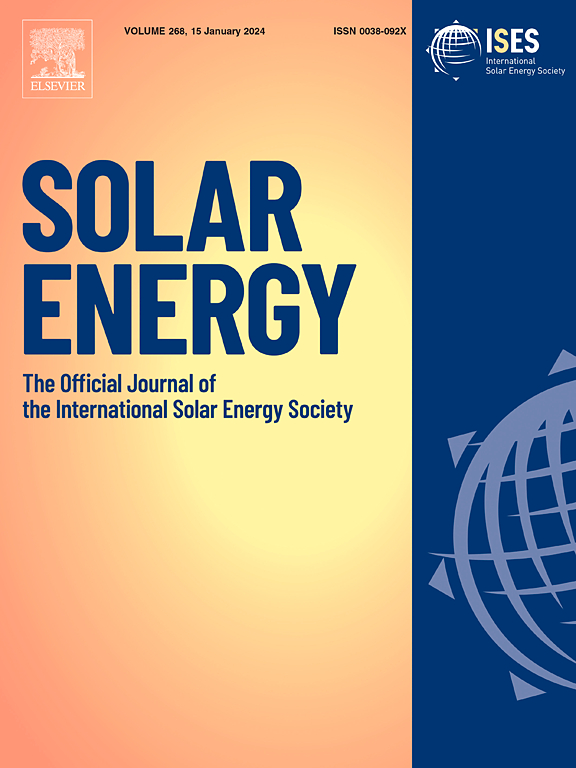Japan’s local consumption of solar energy: The role of energy demand in residential and small-scale solar projects
IF 6
2区 工程技术
Q2 ENERGY & FUELS
引用次数: 0
Abstract
Japan’s commitment to achieving net-zero emissions by 2050 includes a target for solar photovoltaic (PV) to generate 14%–16% of the nation’s electricity by 2030, as outlined in the Sixth Strategic Energy Plan. To support the potential contributions of ordinary citizens, this research analyzes the factors influencing the deployment of residential and small-scale solar PV systems in Japanese municipalities, providing local government units with data-driven insights to formulate strategies for expanding solar energy. A Random Forest Regression model assesses each factor’s impact on municipal solar PV capacity share. SHAP values highlight feature importance and visualize the most influential independent variables. Results indicate that local energy demand is the primary driver of solar PV installations. For residential systems, economic factors such as taxable income serve as secondary drivers, while high land values impede growth. In the case of small-scale installations, land availability becomes a critical limiting factor, particularly in regions with limited land, even when energy demand remains high. The study demonstrates that proactive local governments can overcome economic and land-use challenges through targeted subsidies, strategic partnerships, innovative use of public spaces, and strict enforcement of land-use regulations. By highlighting the significance of local energy demand and citizen involvement, this study offers valuable insights for policymakers to prioritize areas with lower energy demand and implement targeted supportive policies, thereby fostering a more balanced distribution of solar PV installations. Japan’s case may serve as a reference for optimizing solar PV deployment strategies globally, contributing to the broader discourse on small-scale renewable energy expansion.
求助全文
约1分钟内获得全文
求助全文
来源期刊

Solar Energy
工程技术-能源与燃料
CiteScore
13.90
自引率
9.00%
发文量
0
审稿时长
47 days
期刊介绍:
Solar Energy welcomes manuscripts presenting information not previously published in journals on any aspect of solar energy research, development, application, measurement or policy. The term "solar energy" in this context includes the indirect uses such as wind energy and biomass
 求助内容:
求助内容: 应助结果提醒方式:
应助结果提醒方式:


